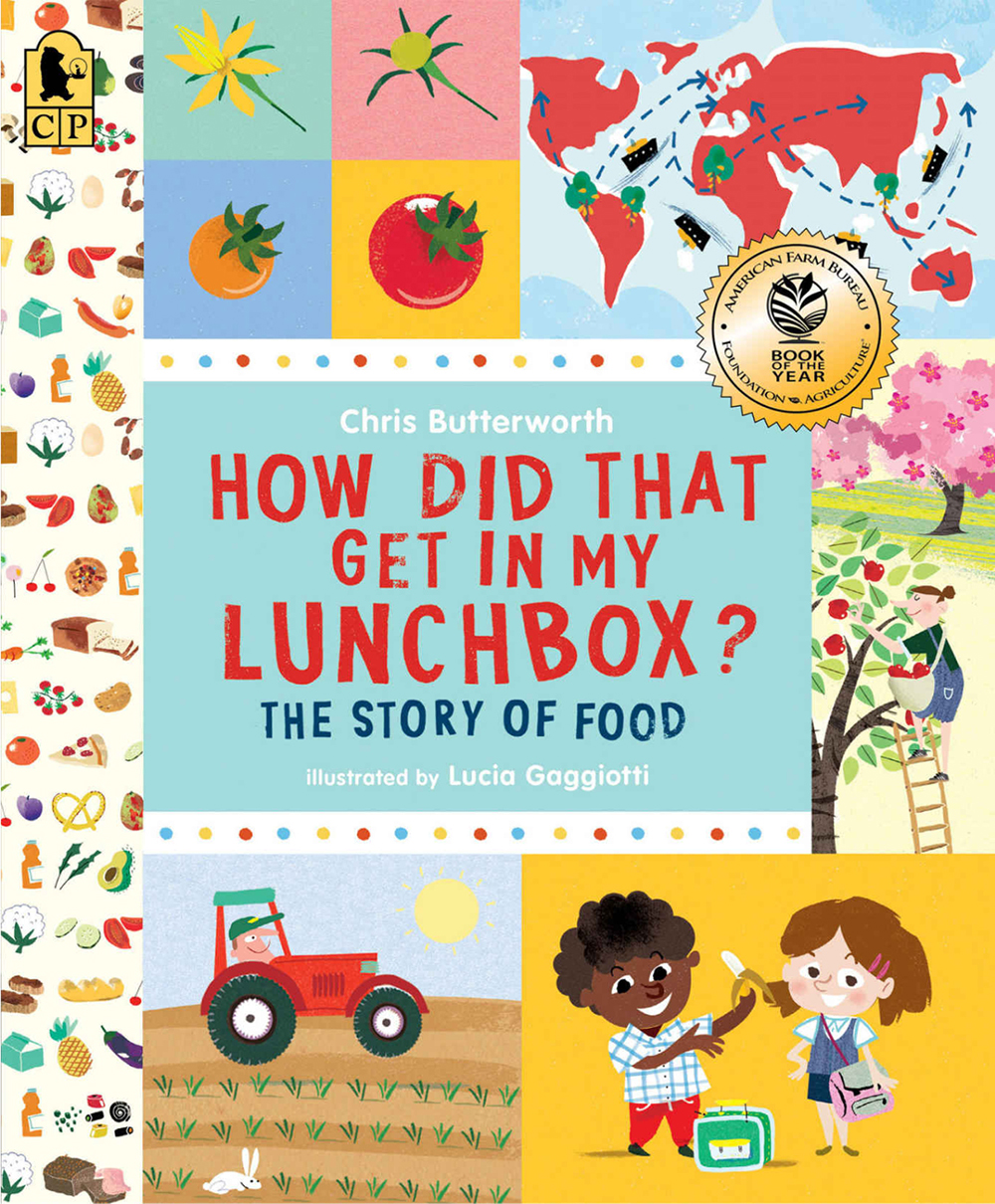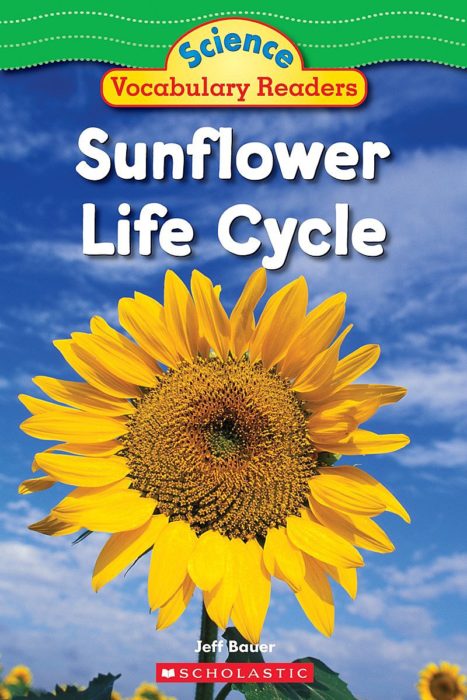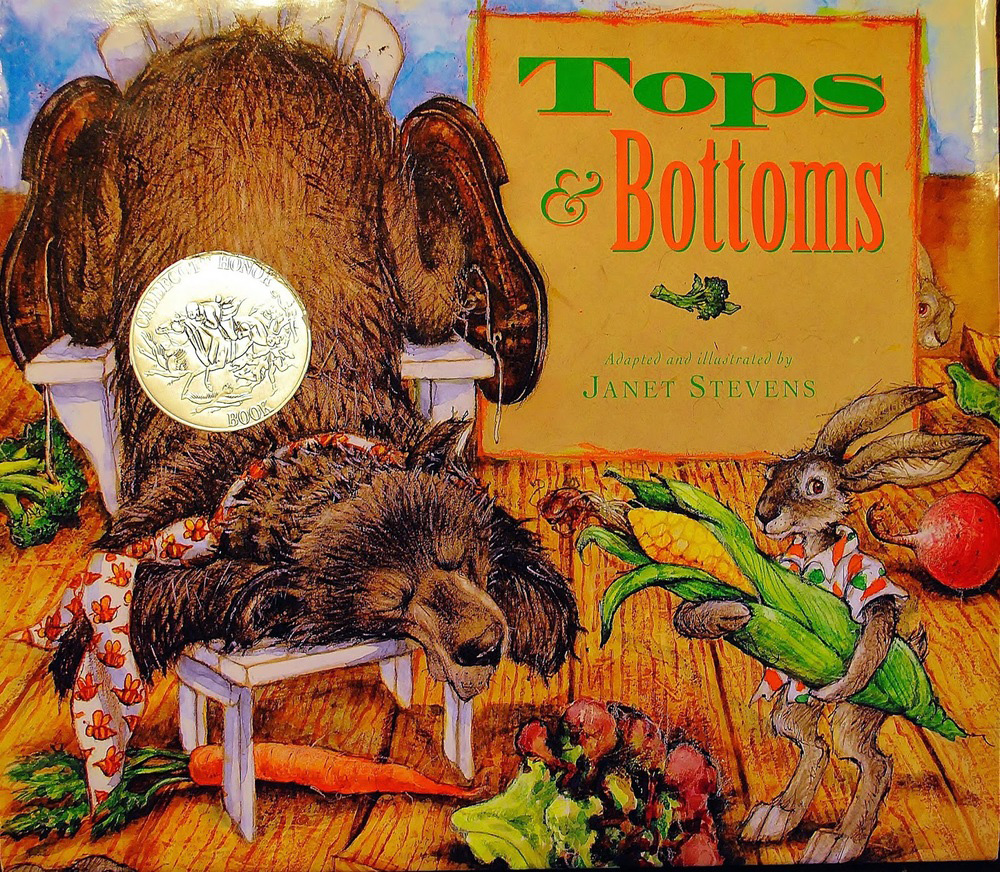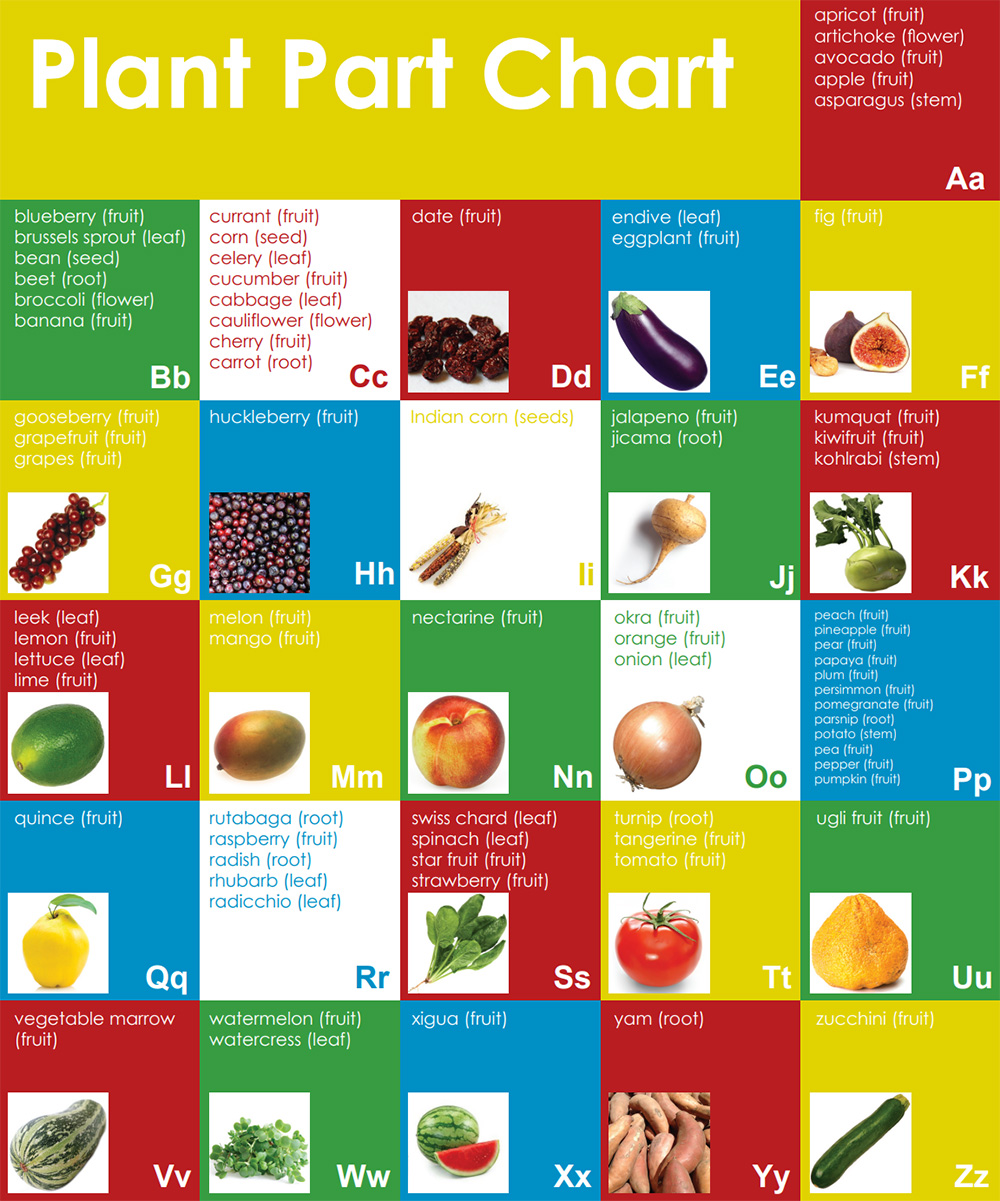Milestone Exploration for Students
Plants & Animals
Agriculture and Me
Suggested Book
How Did That Get in My Lunchbox? by Chris Butterworth
One of the best parts of the day is opening a lunchbox and diving in. But how did that food get there? From planting wheat to mixing dough, climbing trees to machine-squeezing fruit, picking cocoa pods to stirring a vat of melted bliss, here is a clear, engaging look at the steps involved in producing some common foods. Health tips and a peek at basic food groups complete the menu.

Activity Template
Farm Pop-Ups
Use this template to create a pop-up game and learn more about various plants and animals, including apples, cows, dairy, pigs, sheep, and turkeys.
Website
Before the Plate
The Before the Plate website contains information about the Before the Plate documentary and videos and explanations for each step of the farm-to-fork process for beef, potatoes, honey, milk, and sunflowers.
Farm Tour
Video Collection
Virtual Farm Tours
Can't get to a farm? Take a virtual tour!
Suggested Book
Real Farm & Ranch Kids by Sue Tebow
A collection of "interviews" with girls and boys, who live, work, and love their ranching life and the animals they care for.

Website
Fascinating Farms Around the World
Take an interactive journey around the world and visit 16 farms. These are not your ordinary farms with cattle, sheep, hay, or grain. These farms produce specialty crops such as salmon, tulips, alligators, wind, mussels, coffee, leeches, lavender, yaks, seaweed, ostriches, rice, sunflowers, salt, ostriches, solar power, and alpacas.
Life Cycles
Suggested Book
Chick Life Cycle by Elizabeth Bennett
Learn all about a chick's life cycle by exploring different chicken breeds, the parts of a chicken, how the chick embryo develops, and how a baby chick grows into a mature hen that can lay its own eggs.

Suggested Book
Sunflower Life Cycle by Jeff Bauer
Learn all about a sunflower's life cycle by exploring how sunflower seeds grow from a seed to a flower, how flowers produce seeds, and what sunflower seeds and parts of sunflowers can be used for.

Video
The Life Cycle of a Plant
This video describes the needs of seeds to germinate and the needs of a plant to grow while exploring the life stages of a flowering plant. (8:11)
Video
Cow Life Cycle
A look at the life cycle of dairy cows at Spring Brook Farm in Reading, Vermont. (2:40)
Eating Plants
Suggested Book
Tops and Bottoms by Janet Stevens
The story of a lazy bear and a conniving hare as they learn about plants that have food on the "top" and plants that have food on the "bottom." Learn about the parts of plants that some of your food comes from.

Chart
Plant Part Chart
The fruits and vegetables we eat come from parts of a plant. Identify examples of roots, stems, leaves, flowers, fruit, and seeds from every letter of the alphabet using this colorful chart.

Website
MyPlate
MyPlate is the United States Department of Agriculture's (USDA's) food guidance symbol that illustrates the five food groups using the familiar image of a place setting for a meal. A wide variety of resources are provided on the MyPlate website.
Pollinator Hotel
Pollinator Hotel Tutorial Video
This tutorial video will walk you through the Pollinator Hotel activity.
Suggested Book
Pollen: Darwin's 130 Year Prediction by Darcy Pattison
How long does it take for science to find an answer to a problem? On January 25, 1862, naturalist Charles Darwin received a box of orchids. One flower, the Madagascar star orchid, fascinated him. It had an 11.5" nectary, the place where flowers make nectar, the sweet liquid that insects and birds eat. How, he wondered, did insects pollinate the orchid? It took 130 years to find the answer.

Video
Amazing Time-lapse: Bees Hatch Before Your Eyes
This one-minute time-lapse video captures the fascinating transformation of larvae into bees. Witness this mesmerizing life cycle with close-up footage from photographer Anand Varma. (1:08)
Game
The Buzz
Fly down to Pollinatorville and take a ride with the hard-working insects who perform a valuable service to all of nature. Pollinators are fascinating, so get on board and win badges along the way.
